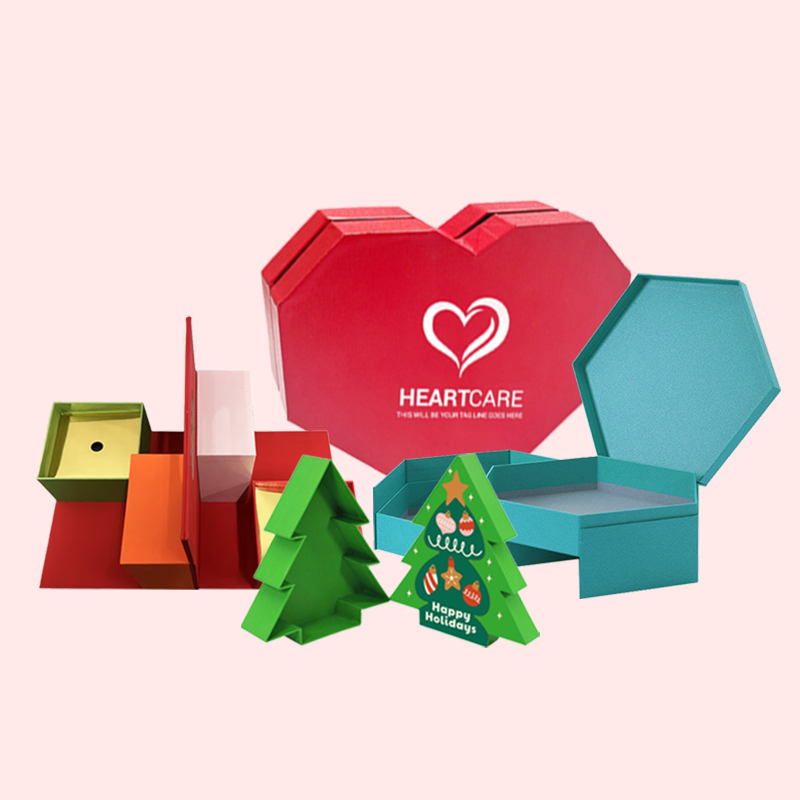Struggling for fresh ideas for your next book-style box project? Feeling the pressure of deadlines with no breakthrough in sight? The best inspiration is often found by looking in unexpected places.
To find design inspiration, look beyond other packaging. Explore antique bookstores for classic textures, study luxury product unboxing videos, and analyze minimalist architecture for clean lines. These sources offer unique ideas for materials, structure, and presentation that can elevate your design.
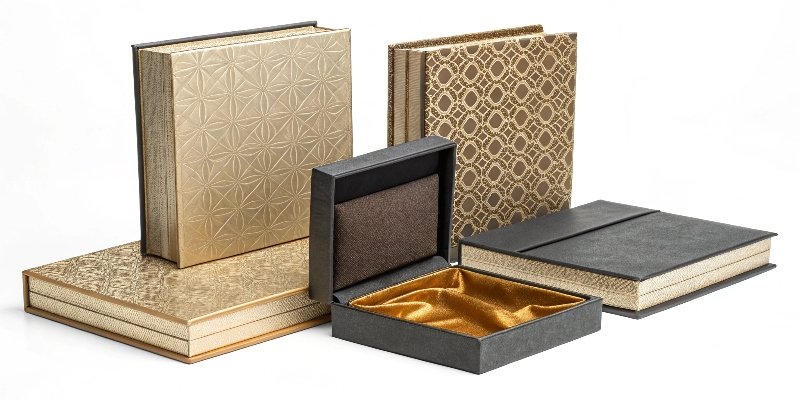
Finding visual inspiration is a great first step. But in my 16 years in this industry, I've learned that the greatest designs are built on a solid, high-quality foundation1. A beautiful box that feels weak or flimsy fails to deliver a premium experience2 to the customer. The true "wow" factor comes from combining stunning looks with a robust, satisfying structure. A box's feel is just as important as its appearance. That's why we need to dig into how you can achieve that premium, sturdy feel.
How can you stiffen a cardboard box?
Your box design looks fantastic on the screen but feels flimsy in your hands. This weakness can undermine the product's value and cheapen the brand. Luckily, there are simple techniques to add rigidity.
The best way to stiffen a box is by using thicker core materials like greyboard3, laminating4 extra layers of paper, or adding internal supports. Reinforcing the corners and edges with extra material also significantly boosts the box's rigidity and durability for a premium feel.

When I consult with designers like Peter, the first thing we discuss for stiffness is the material. It's the skeleton of the entire project. Making a box stiffer isn't about a single magic trick; it's about building strength from the core outwards.
Material Thickness and Its Impact
The primary source of stiffness in a rigid box is the core material, which is usually greyboard. Its thickness is measured in millimeters. In my early days, I worked with a client who wanted a very large book-style box for a corporate gift. To meet their tight budget, we prototyped it with a 2mm greyboard. The sample looked good, but it felt insubstantial and had a slight warp across the large lid. It just didn't feel important. We made a second prototype using a 3mm greyboard instead. That single millimeter made all the difference. The box immediately felt more premium and substantial. It had the satisfying weight5 and rigidity the client was looking for.
The Power of Lamination
Lamination is not just for printing pretty graphics; it adds to the structure. We wrap the greyboard with a printed art paper or a specialty paper. A thicker, high-quality wrapping paper does more than just look and feel nice. When it's glued and wrapped tightly around the greyboard, it adds tension to the surface, acting like a skin that helps prevent bending. Adding a matte or gloss plastic lamination film over the paper adds yet another layer of stiffness and provides protection from moisture and scuffs.
How can you make sturdy cardboard boxes?
Are you worried your luxury boxes won't properly protect the products inside? A damaged product creates unhappy customers and costly returns. The key to preventing this is a smart, sturdy structural design.
To create sturdy boxes, focus on structural integrity. Use dense greyboard3 and reinforce key stress points. Most importantly, incorporate custom-fit inserts6 made from EVA foam or rigid cardstock. These supports hold the product securely and add immense internal strength7 to the box.
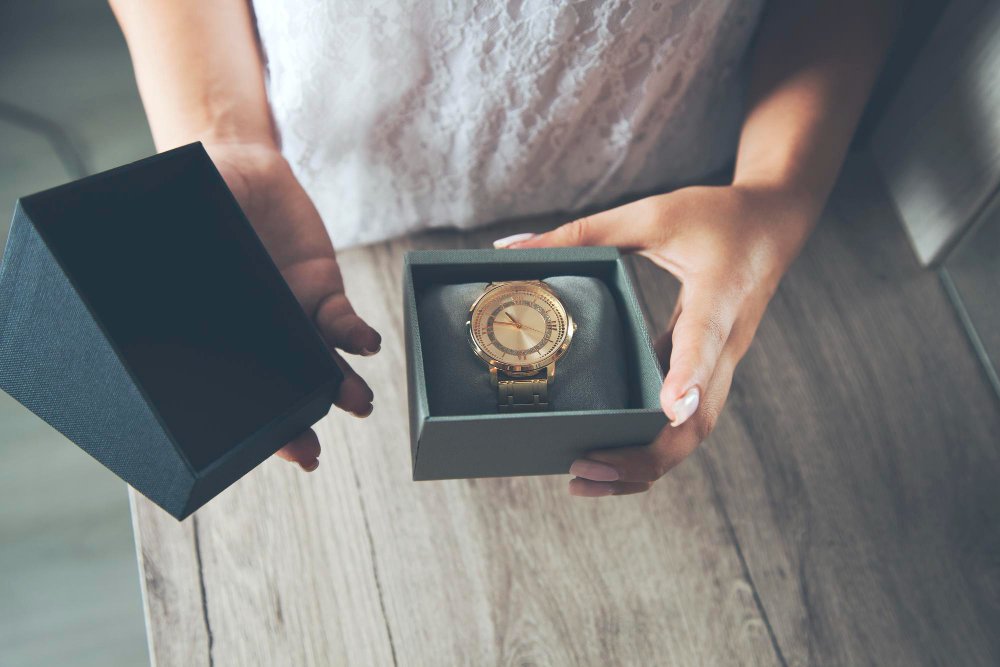
A box can be stiff but still not be sturdy enough to handle shipping or protect a delicate item. Sturdiness comes from thinking about the box as a complete system, not just four walls and a lid. It needs to withstand pressure from both the outside and the inside.
The Role of Custom Inserts
I always tell designers that the inside of the box is as important as the outside for creating a sturdy package. A perfectly cut insert made from materials like EVA foam, layered cardboard, or molded pulp does two critical jobs. First, it holds the product tightly in place, preventing it from shaking and breaking during transit. Second, the insert itself acts as an internal skeleton. It braces the walls of the box from the inside, dramatically increasing crush resistance. The entire package becomes incredibly solid. I remember we designed a box for a company that sold delicate glass awards. The multi-layered cardboard insert we designed was the real hero. It made the box so strong you could practically stand on it.
Secure Closures and Reinforced Edges
For book-style rigid boxes, the closure mechanism is key to a sturdy feel. Using strong, well-placed neodymium magnets8 creates a satisfying "snap" that tells the customer the box is secure. This tight closure prevents the lid from flapping open and adds to the overall structural integrity. We also pay close attention to the edges and corners, where boxes experience the most stress. Ensuring these are perfectly wrapped and sealed makes them much more resistant to dents and damage.
How can you make a cardboard box solid?
Does your box feel hollow and too light to feel valuable? This can cheapen the unboxing experience and disappoint your customers. The secret to a premium feel lies in improving density and construction.
Make a box feel solid by using high-density greyboard9 and minimizing empty space. You can also use double-wall construction10 or add a secondary inner box. These methods create a thick, substantial package with a satisfying weight5 that signals high quality to the user.
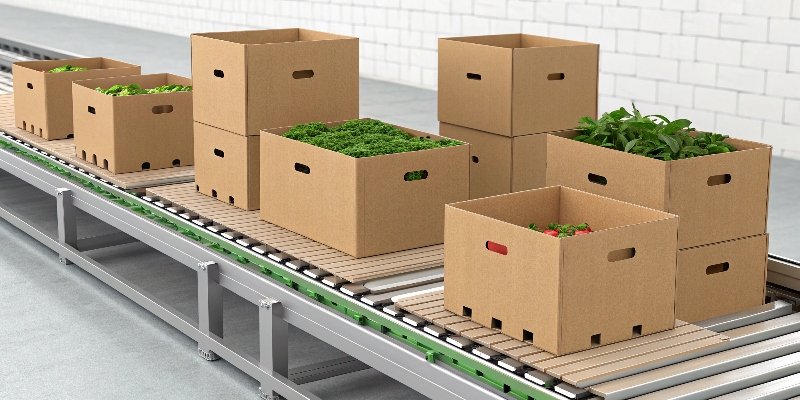
The feeling of "solid" is a bit different from "sturdy." A solid box has a satisfying weight and density. It feels like a single, cohesive object, not a hollow container. This perceived quality is something we can engineer into the packaging.
Weight Equals Quality
In a customer's mind, weight often equals value. A package that has some heft to it immediately communicates that the product inside is high-quality. We achieve this by using denser materials. Not all 2mm greyboard is the same. We source our greyboard based on its density, measured in grams per square meter (GSM). A higher GSM board is more compressed, heavier, and feels more "solid" than a lower GSM board of the same thickness. For one top-tier luxury brand, we used a super high-density black card throughout the entire box. The feedback was incredible. Customers commented that the box itself felt like a gift before they even saw the product inside.
Construction Techniques for a Solid Feel
How we build the box can also add to its solid feel. Instead of just a single wall, we can use clever construction to build up thickness and weight.
| Technique | Description | Best For |
|---|---|---|
| High-Density Greyboard | Using a more compressed board material for a heavier, more solid feel. | High-end luxury goods, electronics. |
| Double-Wall Construction | Building the box with two layers of greyboard for extra thickness and rigidity. | Heavy items, premium gift sets. |
| Platform Insert | Adding a raised internal base made of card to lift the product, adding layers and weight. | Jewelry, watches, small electronics. |
How can you make stiff cardboard?
Is your cardboard material warping or bending too easily during production or handling? This makes the final product look cheap and poorly made, hurting the brand's image. Stiffness can be engineered through proper material choice and process control.
To get stiff cardboard, start with a high-quality, dense greyboard. The lamination process is also critical. Applying the wrap paper tightly with a quality adhesive creates tension across the surface, which significantly prevents bending and warping and results in maximum stiffness.
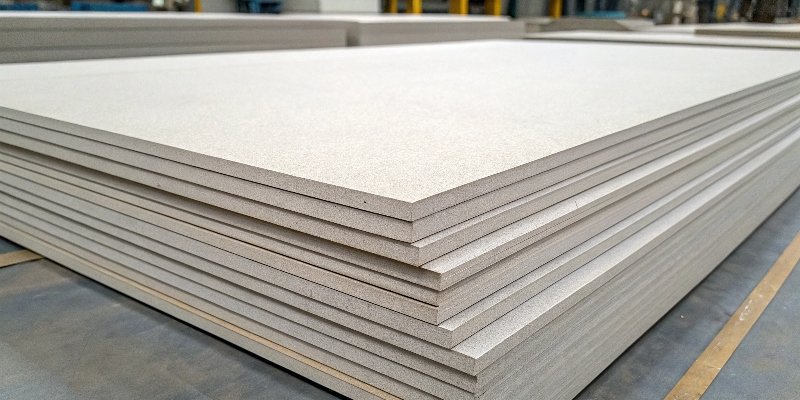
We have already discussed the importance of greyboard3 thickness and density. But achieving a perfectly stiff, flat panel, especially for a large book-style box lid, involves more than just the raw material. It requires attention to detail during the manufacturing process.
The Unsung Heroes: Adhesive and Curing
This is a small detail that many designers might overlook, but it's crucial. The type of adhesive used to laminate the wrap paper to the greyboard and the way the box is cured both play a huge role in the final stiffness. A good quality, fast-tacking glue creates a strong, immediate bond with no air pockets. After the paper is wrapped, the components must be allowed to cure properly, often under pressure. This ensures the bond becomes permanent and the entire composite structure stays flat and rigid. I've seen jobs from other factories where they rushed the drying process to save time. The result was warped lids and peeling edges—a complete disaster for any premium brand. We learned early on that patience in production leads to a perfectly stiff and stable final product.
Mind the Grain Direction
Just like a piece of wood, paperboard has a grain direction11. It is much easier to bend the board against the grain than with it. For maximum stiffness, we align the grain direction of the greyboard correctly during construction. This technical detail, managed carefully in production, is fundamental to engineering a truly stiff box that resists bending along its longest side. This is especially important for the "spine" and "cover" of a book-style box.
Conclusion
So, great design inspiration12 and strong structural integrity13 go hand-in-hand. By focusing on quality materials and solid construction, your beautiful book-style rigid box designs will truly feel as premium as they look.
-
Understand the significance of a solid foundation for creating premium packaging. ↩
-
Learn how thoughtful design can elevate the unboxing experience for your customers. ↩
-
Learn about greyboard's role in creating sturdy and high-quality packaging. ↩ ↩ ↩
-
Discover how lamination adds strength and durability to your packaging designs. ↩
-
Discover how weight can influence customer perception and enhance product appeal. ↩ ↩
-
Custom inserts enhance product protection and add structural integrity to your boxes. ↩
-
Explore methods to enhance the internal strength of your packaging for better protection. ↩
-
Explore how strong magnets can enhance the security and feel of your packaging. ↩
-
Understand the advantages of using high-density materials for premium packaging. ↩
-
Learn how double-wall construction adds thickness and durability to your boxes. ↩
-
Understand how aligning grain direction can enhance the stiffness of your packaging. ↩
-
Explore diverse sources for design inspiration that can elevate your packaging projects. ↩
-
Explore the importance of structural integrity for protecting products during transit. ↩


